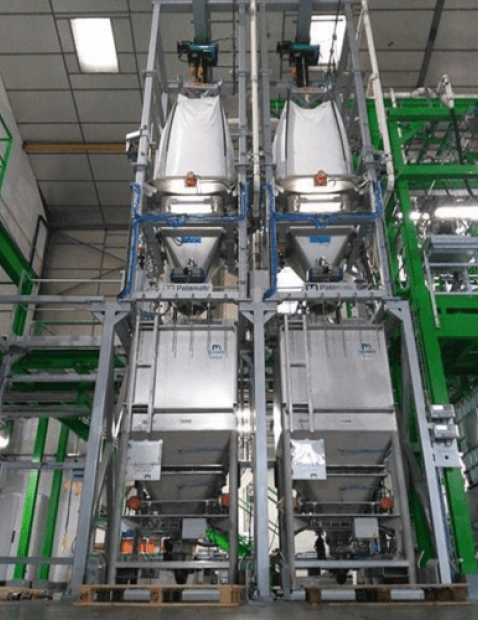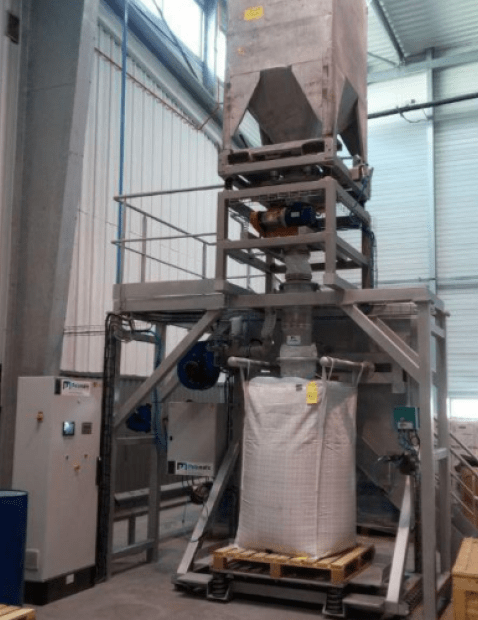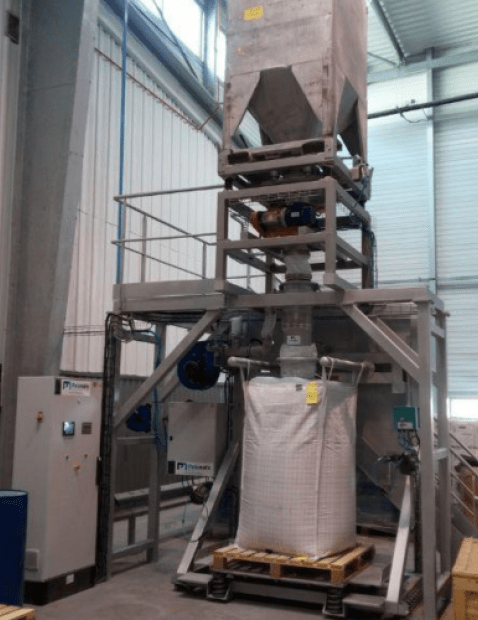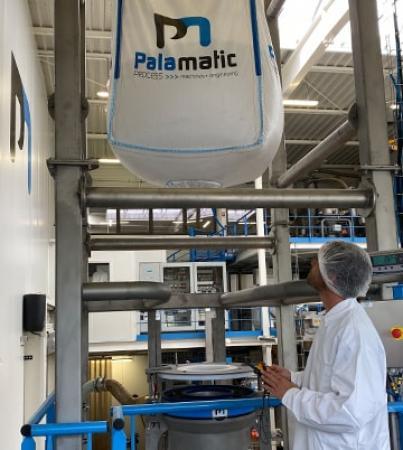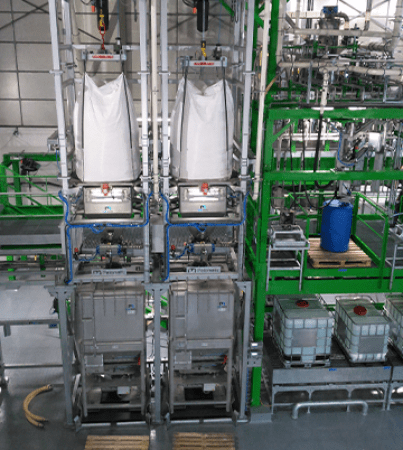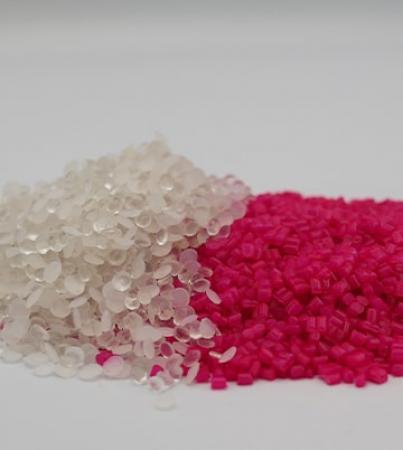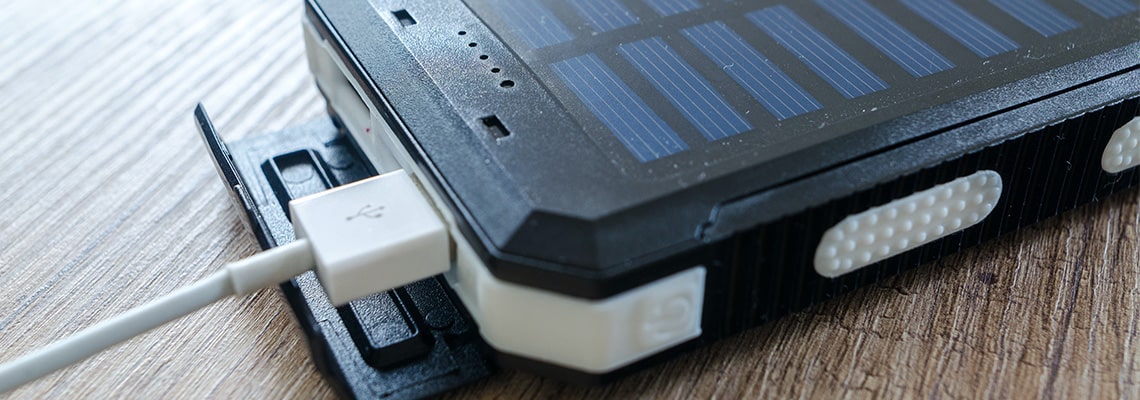
Batteries are used to power a multitude of electronic devices such as: automobiles, computers, smartphones, cameras, video cameras, watches, etc. These energy storage devices are made up of complex chemicals that undergo a great deal of testing and analysis before being put into production. Among the raw materials necessary for the production of batteries, we can cite in particular lithium, cadmium, nickel or graphite.
Powders are one of the main substances used to manufacture batteries. The powders can act as a chemical catalyst, protective material, or a way to improve overall battery performance. There are different types that we will summarize below.
1. Electrolyte powder
To start with the very essence of the battery, the electrolyte is necessary for the functioning of the electronic cells that make up the batteries. The main electrolytes are the aqueous solutions that are formed by the dissolution of one or more kinds of salts which are obtained with the help of chemicals. These salts are often pulverized and turned into a fine powder, called "electrolyte powder".
2. Lead and oxide
Apart from this liquid electrolyte, other chemicals are made into powders for use in battery manufacturing. For example, in lead batteries, two acidic pulverized chemicals, namely lead and oxide, are mixed together to form a powder. This powder is formed by electrolysis to obtain particles of pure lead containing oxygen ions. In addition, it contributes to the chemical reaction necessary for the production and storage of energy in the battery. These powders can also be applied as a laminate or electrolyte to improve their performance.
3. Metal oxide
Another kind of powder that is used in the manufacture of batteries is metal oxide powder. This substance is formed by the oxidation of a metal to produce an extremely fine metal powder composed of ultra-fine metal particles. Metal oxide powder is often used to produce rechargeable batteries because it can reduce the internal resistance of the battery and improve storage capacity when mixed with the electrolyte.

You have a powder handling project?
I am available to discuss the subject.
Tarik, powder expert
4. Zinc oxide
The most common powder used in batteries is zinc oxide. This powder is mainly used to produce dry batteries. They may contain salts such as zinc sulphate and zinc nitrate. Zinc oxide powders cause a chemical reaction with zinc sulphate or zinc nitrate and the carrier material to produce electricity. Dry cell batteries are popular for portable applications or backup systems due to their short compact size.
5. Manganese
Manganese is the most common material used to produce lithium-ion batteries. Lithium-ion batteries are generally cylindrical cells that serve many applications. A unique feature of the lithium-ion battery is that it can store a lot of energy per unit of its mass. This powder produces a complex reaction with the support material which produces released lithium ions which provide energy to the device.
Zinc and manganese oxide powders can be added to the electrolyte to provide ions needed for the reaction during the battery charge/discharge process. They not only contribute to better battery performance, but also to shorter charging time and longer battery life.
6. Nickel-cadmium
Nickel-cadmium (Ni-Cd) batteries are also commonly made using powders, which are made up of two different metals: nickel and cadmium. These powders are transformed into flexible granules and adjusted to the support material to form a rechargeable battery. The high energy storage capacity and small size allow for use in vehicles or within wireless battery powered devices.
7. Other powders
Mixed oxide powders can also participate in the manufacture of batteries. They are made from an alloy of lithium oxide, manganese oxide and graphite. These powders are frequently used for the manufacture of batteries which offer an exceptional discharge speed. Although their name voltage varies, they are distinguished from Ni-Cd and Ni-MH batteries by their low cost and small size.
Other powders whose chemical composition can vary are also sometimes used to design batteries. This is the case of AGM and VRLA batteries to which polystyrene or quartz is applied to ensure good electrical contact between the charges. They are also frequently used in energy storage systems which are more reliable and predictable. Generally, these powders are soluble in organic solvents and mainly serve as filler material for the battery holder.
Powders therefore play an essential role in the manufacture of batteries. They are used to produce electrolytes, oxidized metals, additives and much more. Each type of powder plays a specific role and each finished product must undergo a large number of studies and tests to ensure its compliance and reliability.














